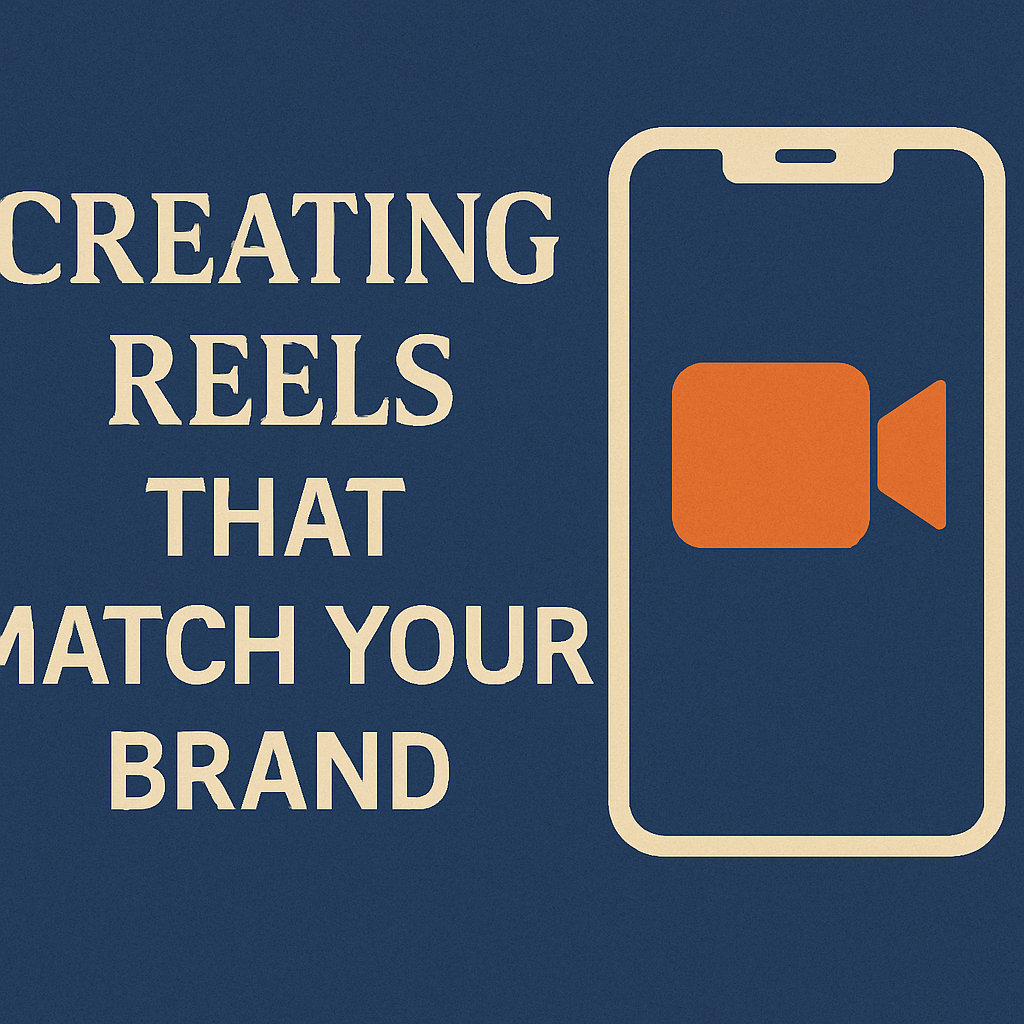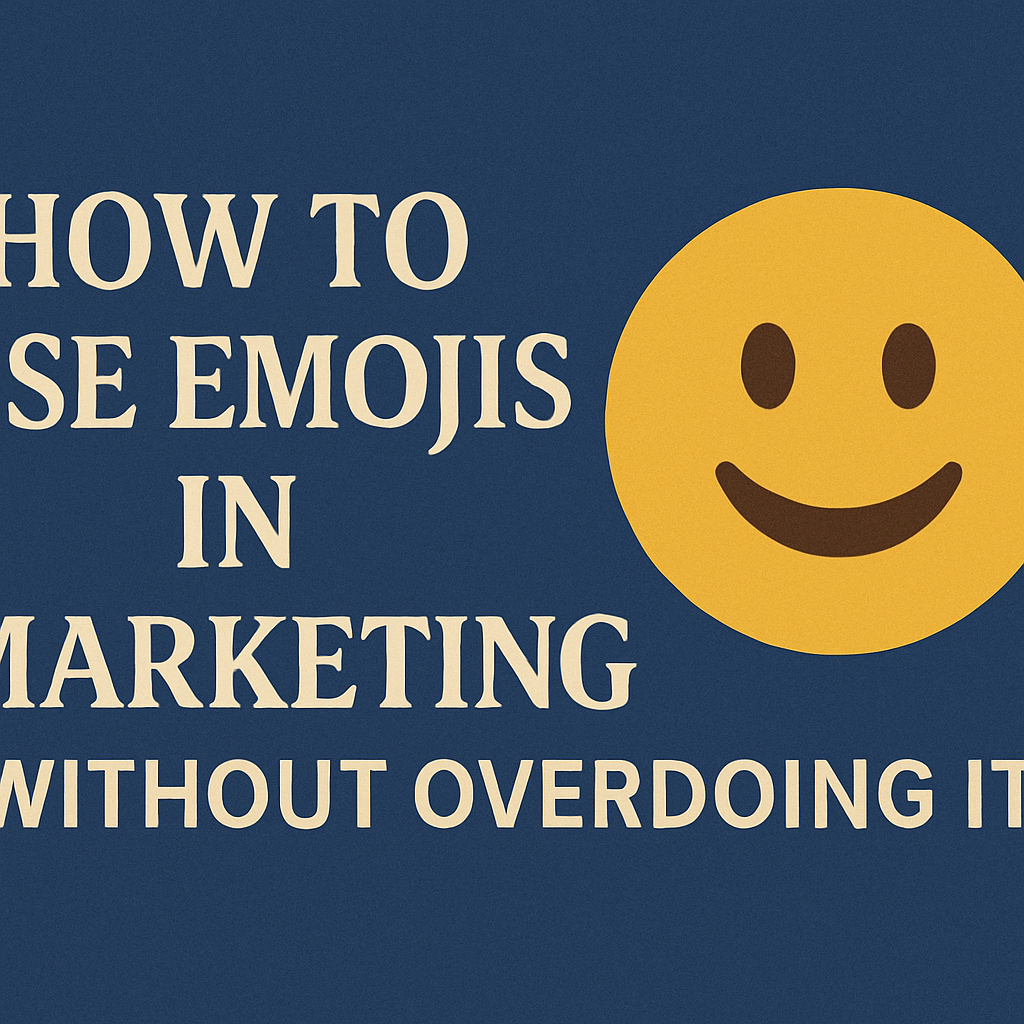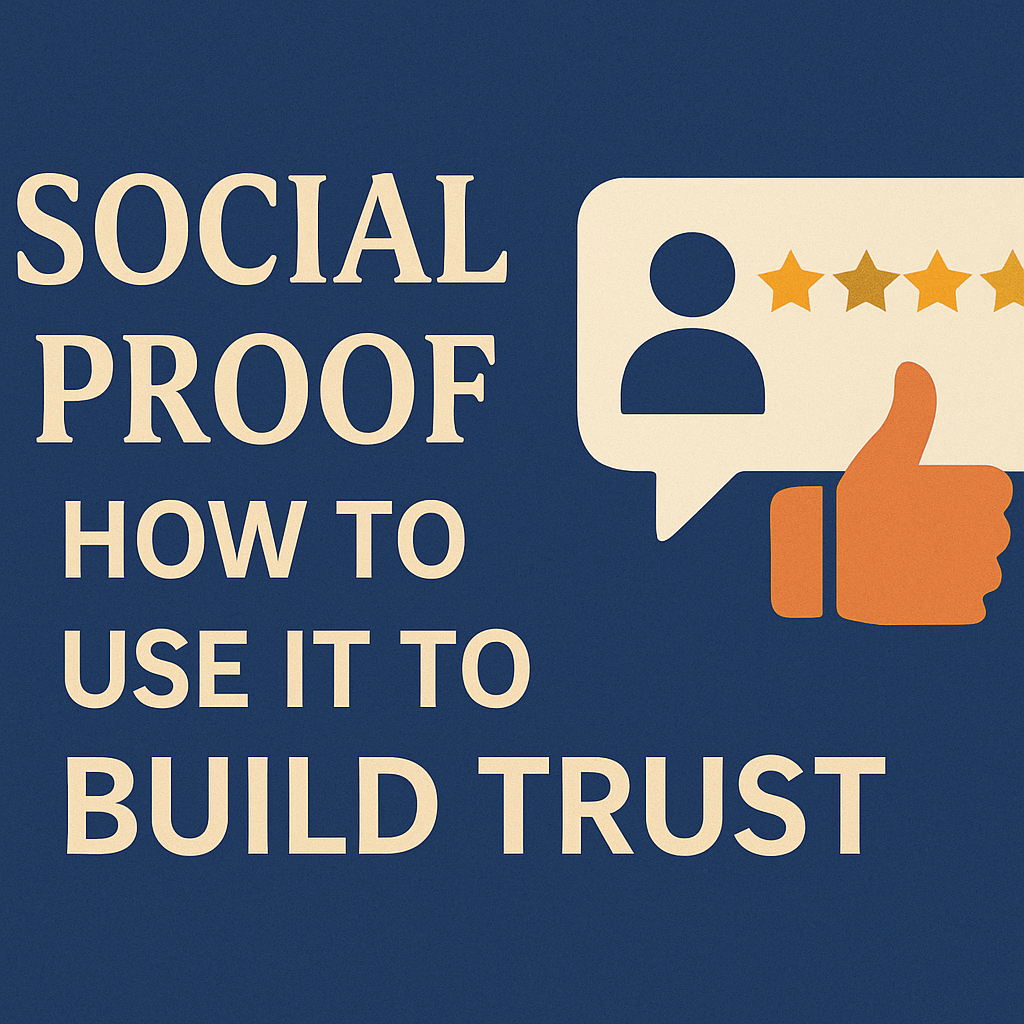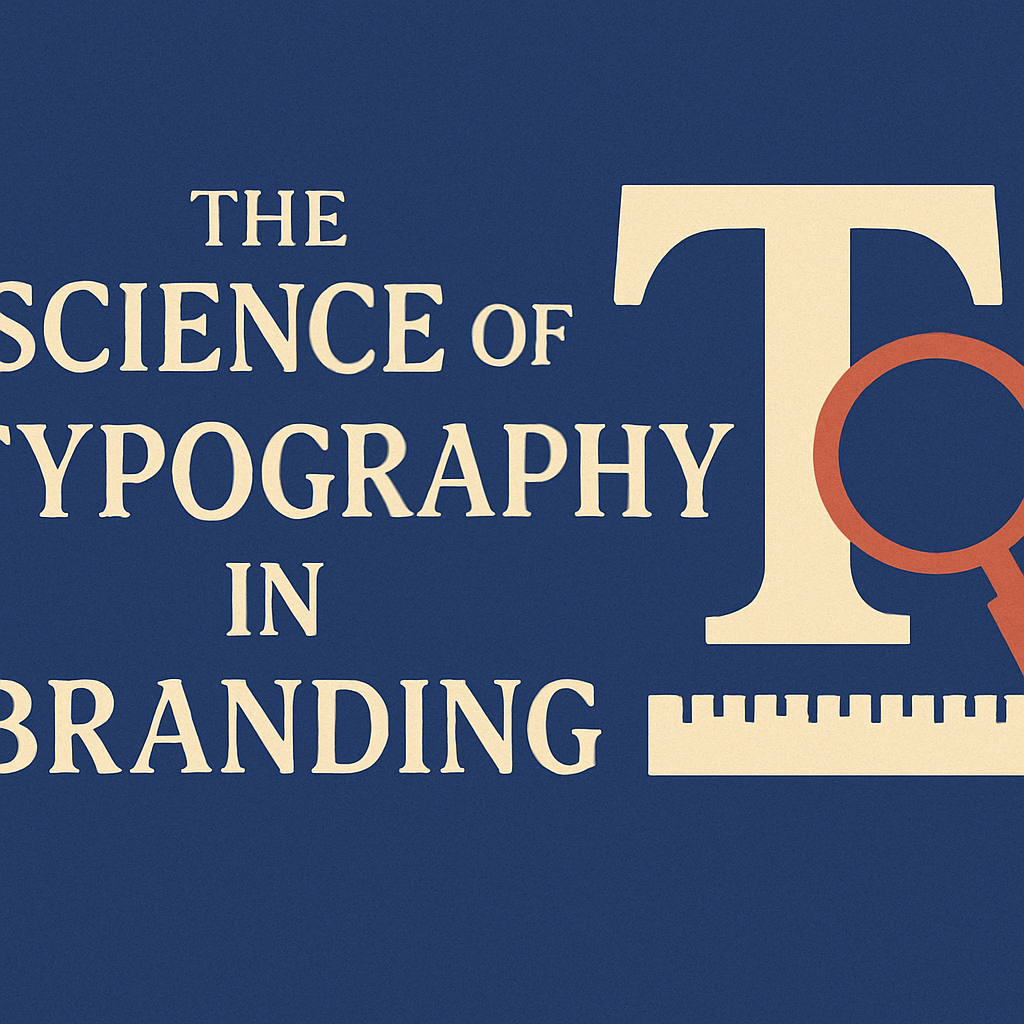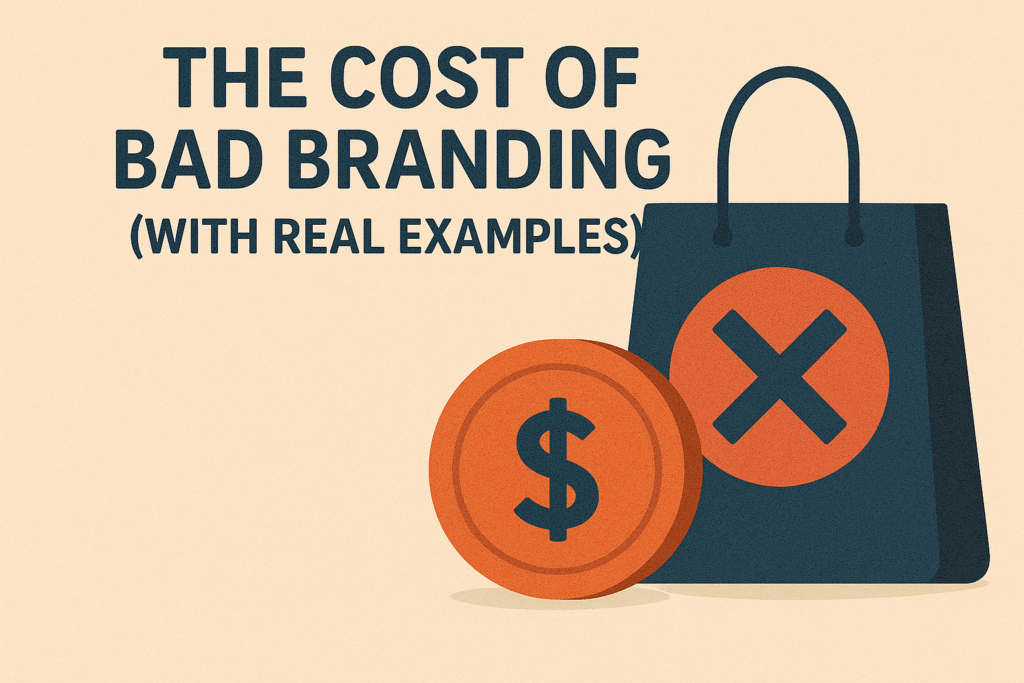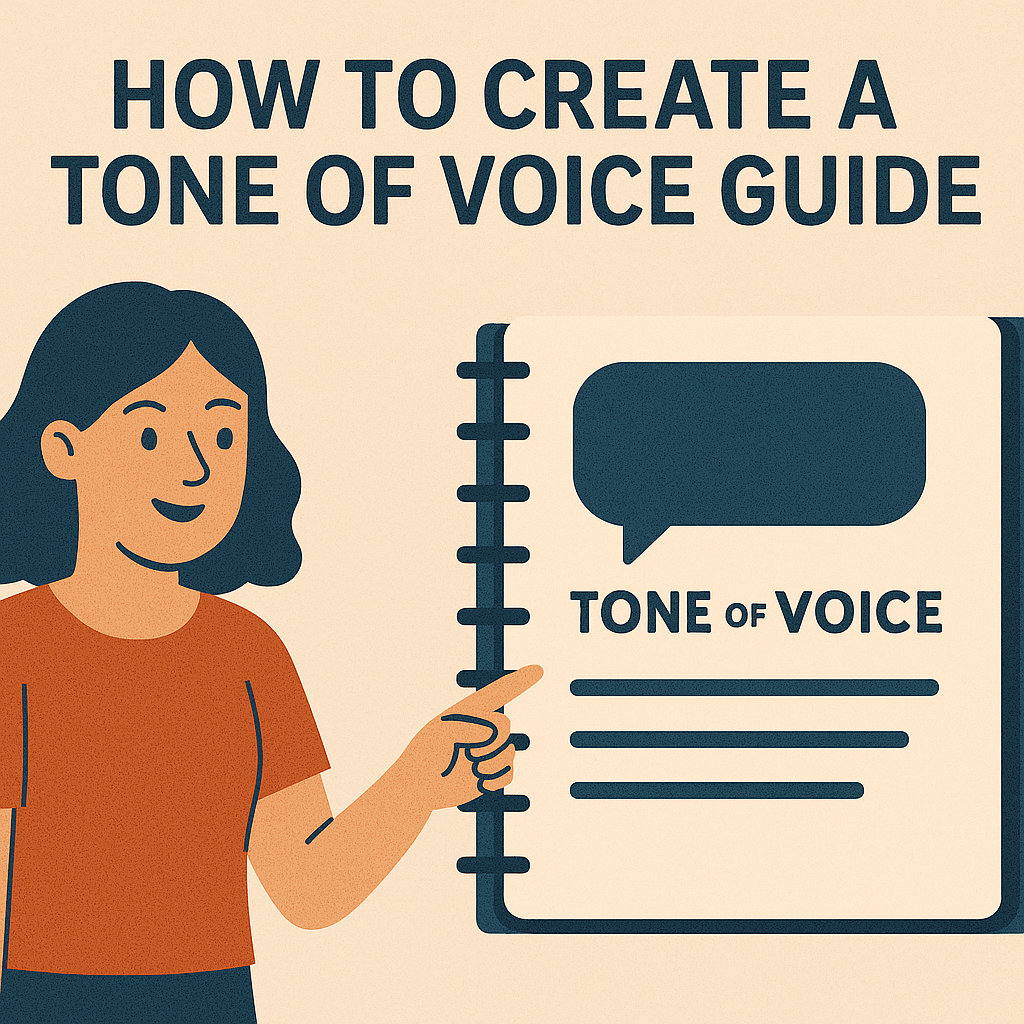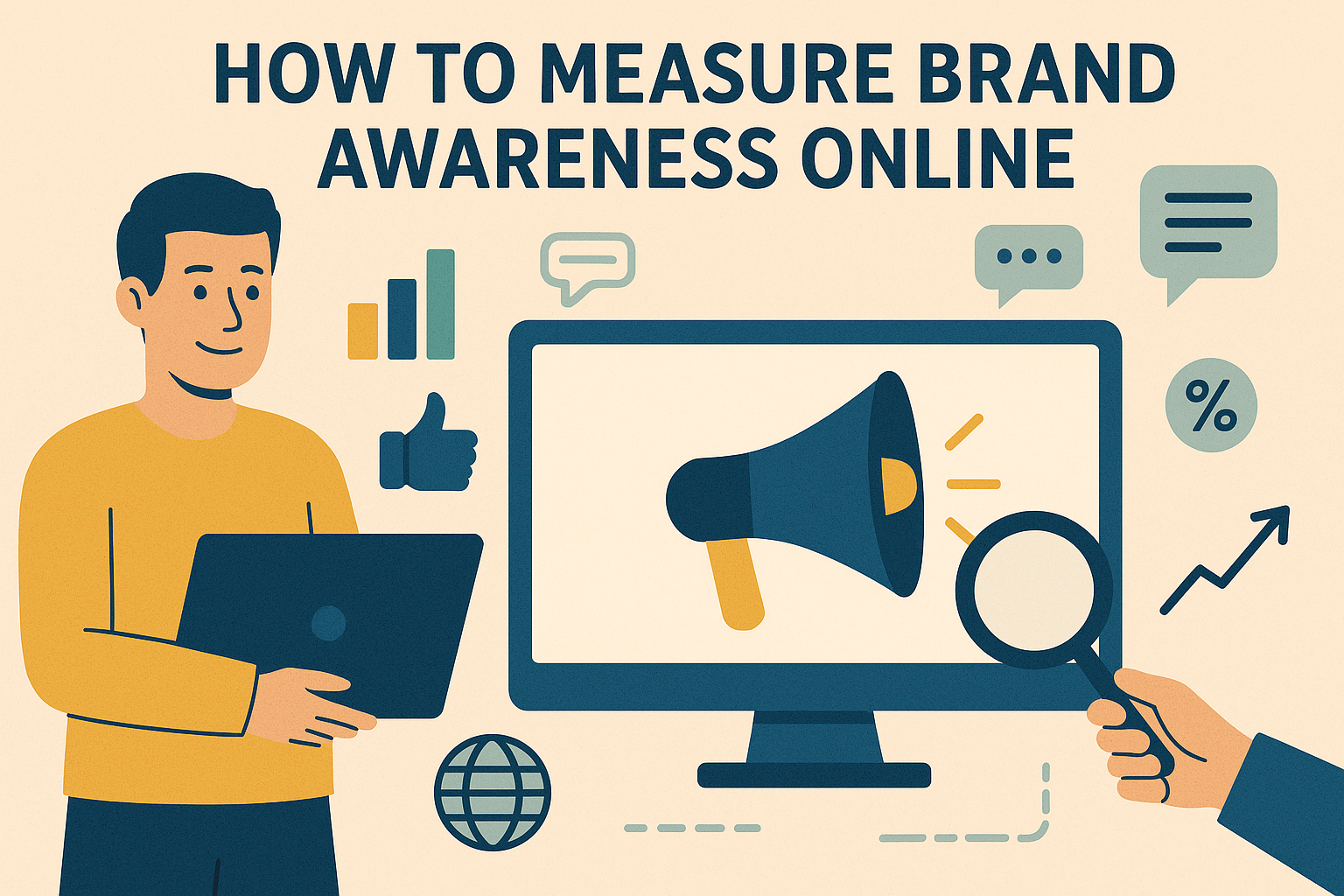What Is Performance Branding? Explained for Founders
In today’s marketing landscape, where both short-term conversions and long-term brand equity are essential for sustained growth, performance branding emerges as a powerful hybrid strategy. It marries the immediate, data-driven approach of performance marketing with the storytelling and identity-centric focus of brand marketing. For startup founders, CMOs, and growth marketers, understanding performance branding is no longer optional it’s foundational. This article breaks down what performance branding is, why it matters, how it works, and how you can implement it effectively for your startup or scaling business. What Is Performance Branding? Performance Branding is the integration of performance marketing (focused on ROI and metrics) with brand marketing (focused on perception and emotional connection). It ensures that every marketing dollar not only drives results like clicks or purchases but also contributes to building brand equity over time. In simple terms: It’s ROI-driven branding that’s trackable, scalable, and measurable. Why Performance Branding Matters in 2025 With attention spans short and acquisition costs rising, brands that only rely on either traditional branding or pure performance marketing get left behind. Performance branding delivers a dual benefit: In a world where privacy updates (like iOS 17) are making performance marketing harder, brand trust becomes a major conversion lever. Core Elements of Performance Branding Here are the key pillars: 1. Creative That Converts and Resonates Ad creatives are no longer just click-bait. They must tell a story, convey values, and grab attention all while guiding users to take action. Think of Instagram ads with viral hooks but consistent brand colors, fonts, and voice. 2. Full-Funnel Strategy From awareness to consideration to purchase, each stage is optimized. Top-of-funnel (ToFu) content introduces the brand while lower-funnel ads close the deal seamlessly. 3. Performance Metrics with Brand KPIs You measure: 4. Platform Personalization Meta, TikTok, YouTube, and Google Ads are used not just for quick sales, but for shaping brand identity each tailored to user behavior and intent. 5. Retention-Driven Thinking Performance branding isn’t just about acquisition it’s about lifetime value. The goal is to create fans, not just buyers. Performance Branding vs Traditional Performance Marketing Feature Performance Marketing Performance Branding Focus Sales & Conversions Conversions + Brand Equity KPIs ROAS, CAC, CTR ROAS + Engagement + Recall Timescale Short-Term Short + Long-Term Creative Utility-focused Brand-driven + Conversion-optimized Impact Fast but temporary Slower but sustainable How to Implement Performance Branding as a Founder Real-World Example: Glossier Glossier combined influencer UGC with performance campaigns. While their Meta ads optimized for conversions, they also featured signature pastel palettes, user-generated product photos, and consistent tone of voice building a brand while scaling revenue. Final Thoughts Performance branding isn’t just a buzzword it’s a growth necessity. For startups in hypercompetitive spaces, this hybrid strategy is your edge. By combining the science of performance with the soul of branding, you drive not just traffic but loyalty.


